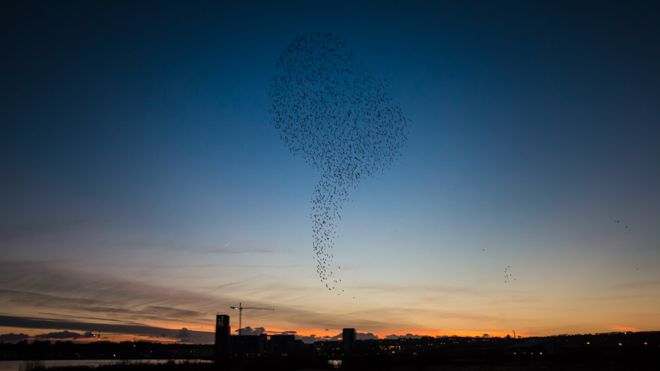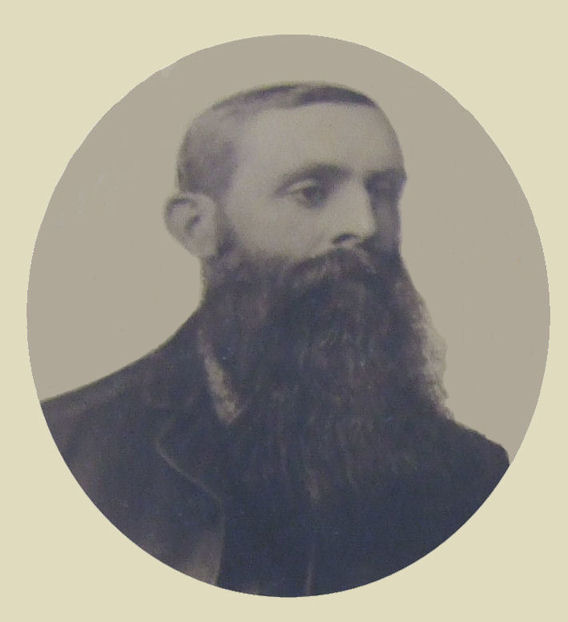Writer Nick Frampton talks to us about his life in Cardiff, moving to the city for the first time and why he decided to set his novel The Cardiff Christmas Club here.

I first moved to Cardiff at age 22 to study for my master’s degree. Like many people I fell in love with the city and ended up staying long after my degree was finished with.
Some 12 years on, Cardiff is still the largest city I’ve ever lived in. I grew up in a small village in Devon and before Cardiff the only other city I’d lived in was Durham, where I went to university. Of course I say ‘city’ but Durham is in many ways simply a town with a beautiful cathedral. It’s less than a third of the size of Cardiff and rarely feels busy – it’s a sleepy place populated almost entirely by students.
To many, Cardiff is a small city — even I can recognise that. I love that you can easily walk from one end to the other, and that with the exception of match days— and the annual Christmas shopping frenzy— it rarely feels crowded. But to me, it still feels large.
I love the excitement of cities: the ready availability of bars, theatres and shops. Growing up in a village with only a church, a sawmill and a long closed post-office for entertainment, even a nearby corner shop still seems decadent. But the vastness of cities is strange to me. I know a lot of people in Cardiff, but can still walk around without seeing anyone I recognise. In the village I grew up in, people stop and talk to me for no other reason than I look exactly like my dad, a man who at one stage or another would have taught them or their children. It’s a different world, and even after 34 years of it, it still seems that way to me.
When I started writing, cities became an unexpected theme throughout my work. My first novel The River was a fantasy title set in a world where humans are born fully formed in the waters of an enormous river. The first place people run to is known simply as The City, and it is a place of shelter and safety, but also hidden danger. Soon after I wrote a dystopian short story Adam 0532, where the boundaries of a futuristic city became the means through which the population is controlled.
When I decided to venture into the real world and write a romance novel, my first thought was where can I set this? Fiction, like film, is dominated by the big hitters; London, Paris, New York, San Francisco. Just as aliens are only interested in destroying the Golden Gate Bridge, the Eiffel Tower and Big Ben in disaster movies, we’re sold the same idea on love. Fictional love is largely the domain of far-off cities, full of mystery and adventure. It’s that or sleepy English villages much like the one I grew up in. Where according to every TV detective show I’ve ever seen, I’m a statistical miracle having not been murdered by the age of 18 collapsed face first in to a Victoria sponge.
Setting my book in Cardiff felt like a sweet (if tiny) rebellion; a proud middle finger to our London-centric society. Life does go on outside the M25 and actually it’s rather good. I’ve always thought of Cardiff as a fun city; somewhere people know how to enjoy themselves. We work hard here, but work isn’t everything and that’s something I like to channel in life as well as in my writing.
The Cardiff Christmas Club has Cardiff at the heart of the novel. The characters met here in university and simply stayed, as many – myself included – have done. There’s a lot in the book that will be familiar to Cardiff residents; like the joy of running over the bouncy footbridge into the wide expanse of Bute Park, stumbling down Chippy Alley takeaway in hand, ice skating at Winter Wonderland and watching the sunset in the bay.

After spending a few years writing about fantasy cities, full of danger and deity-rivers, writing about a city I lived in for over a decade was actually a relief. Rather than agonising over how a street might look for hours, being able to just look it up on Google Maps certainly made my life easier. My husband’s obsession with moving flats also helped. In the four years we lived together in Cardiff we moved four times. Over the years I’ve lived in Cathays, Roath, Butetown, Canton and Pontcanna; and so finding homes for my characters was a breeze.
Cardiff also has a lot of really unique features that are a dream to write about. My lead character Katy loves the city’s arcades and has always dreamed of living in a house with the Victorian tile and checkerboard hallway so distinctive to Cardiff. I guess writing about somewhere you love it’s easy to put a lot of yourself in to a character. Sometimes more than you realise until you read it back! I hope when people read the book they have that same feeling of rediscovering their city through a character’s eyes.
***
After just over a decade living in Cardiff, Nick now lives with his husband in a village of 500 people in Devon. But Nick still returns to Cardiff often.
The Cardiff Christmas Club is Nick’s second novel and is available as a paperback from Amazon and as an eBook from all major eBook retailers.
The novel tells the story of Katy Winters, who finds herself at the centre of a love-triangle between ex-boyfriend David and handsome farmer Rhodri; a member of the newly formed Cardiff Christmas Club.
We think it might make a great gift for that special someone in your life … find out more:
Aaaand the usual from us:
- Sign up for the weekly We Are Cardiff newsletter
- Check out what’s going on with We Are Cardiff Press
- Like us on Facebook
- Squawk @ us on Twitter @wearecardiff
- Follow us on Instagram/WeAreCardiff
- Follow our rescue dog adventure Instagram/ZeldaPooch
































